How do I stop my dog barking at people coming up to my house? Expert advice from top trainer Ben Randall
Disconcerting for visitors, distressing for owners and terrifying for delivery people, having a dog that constantly barks at strangers is a common problem — but one that can be dealt with surprisingly quickly. Ben Randall explains more.
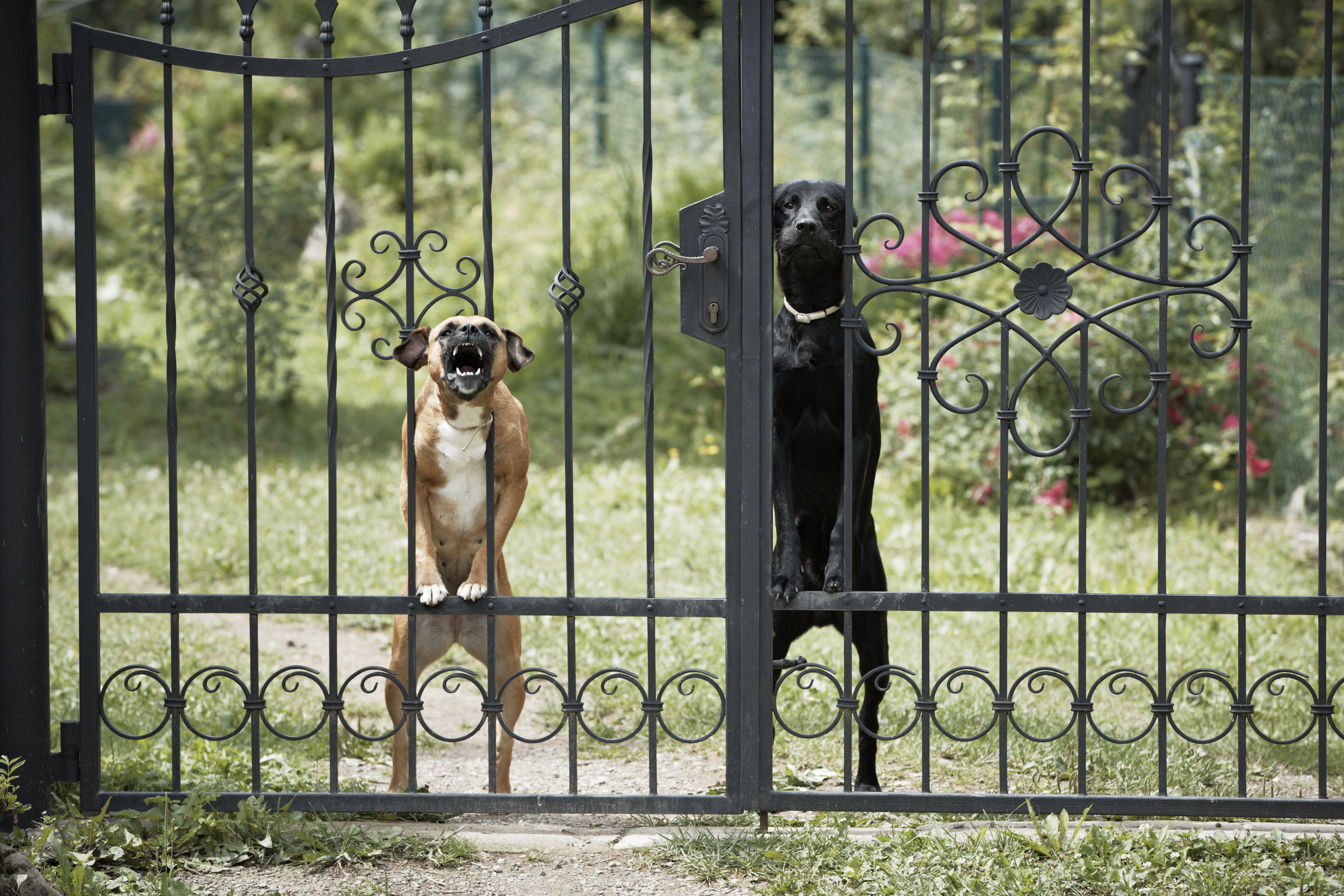

Picture the scene. Your dog is sitting happily in your front drive, minding its own business, and all is well with the world. And then somebody approaches the gate.
What is your dog thinking?
Ideally, it's perfectly chilled out and happy, calm and confident that it's in a safe place and that you, its owner, is there should it feel uncomfortable.
All too often, though, the dog's thought process is very different – and runs along these lines: 'What's this? Someone's coming? Oh no, I'd better defend the property! I'll do everything I can think of to scare them off! Bark! Panic! Jump up! Growl! You're not coming in!'
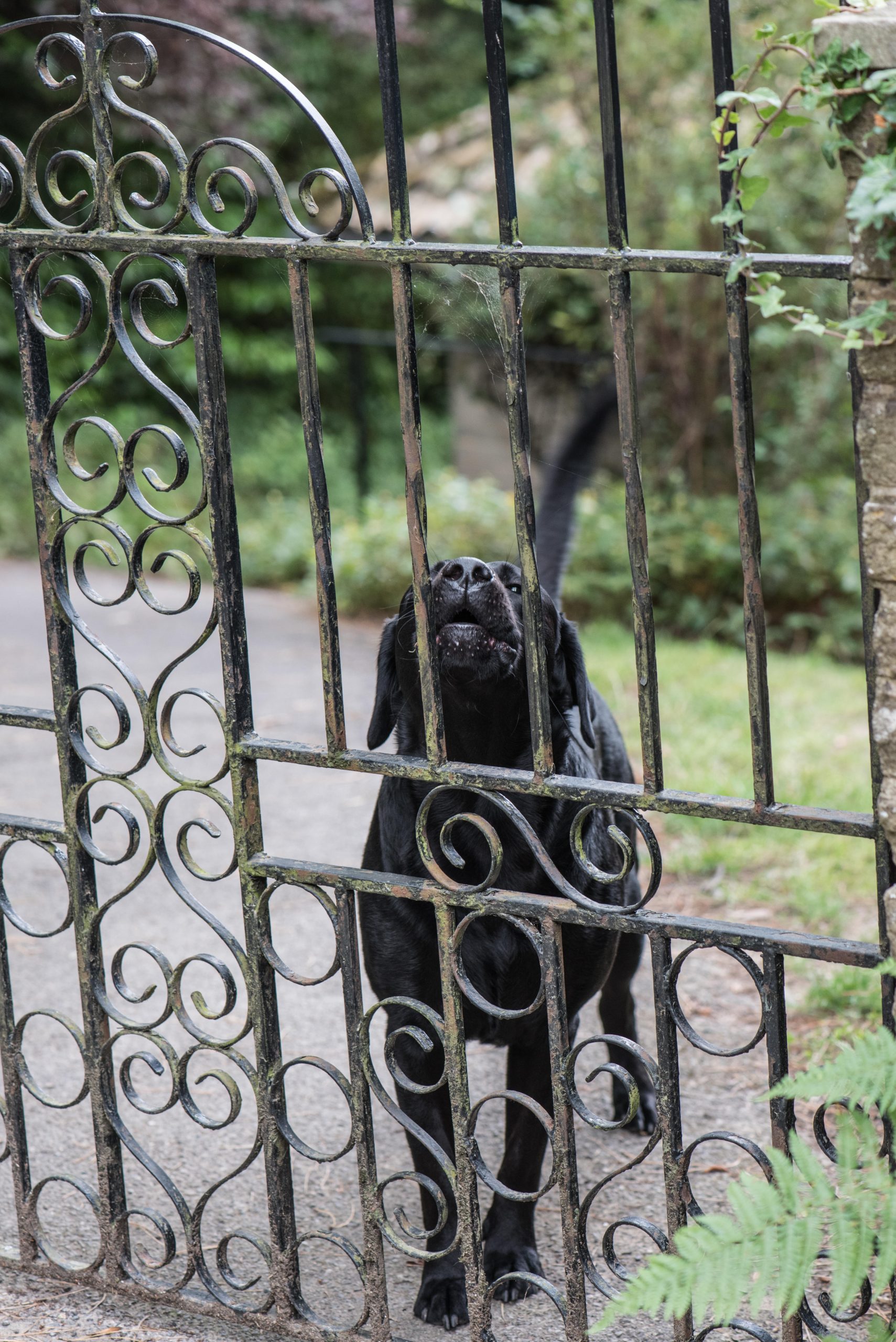
If that sounds familiar, you're not alone: this is one of the most common problems I hear about, not least from this week's correspondent:
'I have a lovely labrador who's a wonderful family pet, trustworthy in and out of the house — but he goes crazy every time anyone walks the past, barking constantly, and jumping up aggressively with his two front legs up on the gate. Even the postman, who our dog sees almost every day, hasn't been able to deliver to us for years. What can we do to stop it?' — E.L., Sussex
As well as being common it's also potentially an incredibly serious problem. It's very distressing for visitors, and if your dog goes so far as to bite people that can be awful for the victims and could also lead to your dog being put down. The good news is that it's a problem I've been solving for years in dogs of all ages using my Beggarbush methods, just as I've explained in previous articles on teaching a dog how to sit, how to stop a dog jumping up on people or stop a dog pulling on the lead. (You can drop me a line here if you have your own question.)
The main cause of today's problem — which has some things in common with dogs barking at the doorbell — is anxiety, but in this case it's a little more than that. A dog who barks at passers-by feels that the front garden or driveway is an area that they're supposed to dominate and protect — and God help anyone who comes in to it. That might be what you want if you're training a working guard dog, but it's absolutely not the behaviour you want in your pet. Here's how to break the pattern.
Sign up for the Country Life Newsletter
Exquisite houses, the beauty of Nature, and how to get the most from your life, straight to your inbox.

Four steps to stopping a dog barking at passers-by
1. Re-create the situation over and over again to start fixing it
What we want is for your dog to stop thinking it needs to defend and protect the property. Instead, we want him or her to think, 'Someone is coming — I’ll go back to the house and sit in my bed'. When my dogs see someone walk past, they can acknowledge them, then run back inside, or to me, then get in bed and they'll get a reward.
The problem is that, depending on where you live, people might only come to your house once or twice a day, and maybe not even that much if you're rural. You simply can't train a dog that way, any more than you could train them to sit by practising once a day. So you'll have to rope in your friends, family, neighbours, and get them to play the role of a visitor, delivery person or passer-by one-by-one, over and over again. Make sure they text you to let you know when they're about to arrive and you can simulate and repeat the scenario until the dog learns the new behaviour.
2. Start the training with you present and the dog on the lead
The good thing about knowing you've got visitors coming is that you can be there and ready to intervene. When the visitor comes to your house or up to your gate and your dog begins to react by barking, use the 'leave' command, then point at the house and say 'in', and walk the dog to heel back into the house.
3. Lay out the treat — but don't reward them until the visit has finished
Once they're inside and in their bed, place a treat on the floor next to them but use the leave command to tell them they can't have it yet. You go and see to the visitor while your dog stays in their bed, then you come back and they can have the reward — and plenty of praise when they get it right.

4. Repeat without the lead
Once your dog gets the hang of doing steps two and three with you there and the lead at the ready, they should be able quite quickly to do the same without the use of the lead. 'Leave' and 'in' are those key commands — so just rinse and repeat until your dog gets it. Get ready for the next visitor, using 'leave' if there's a reaction when they come along, then point them indoors with 'in', and you will then follow in due course, totally relaxed and ready to give the reward.
Just keep repeating this process and before you know it, the dog won't even wait for the 'in' command; he or she will run in and head for their bed whenever people come along. They'll wait peacefully until you come walking back in, calm and chilled, and ready to let them have their treat.
5. Bring the visitors right into the house to meet the dog
Some of those people who come to your house will be simply making deliveries, but for those who aren't then it's good for the dog to see that visitor come right into your house, to reinforce the message that they had nothing to worry about.
Once the dog has started to get it, and is happy running into the house and into its bed waiting for its reward, bring the people in to the house with you. Walk past the dog, ignoring it, and then either one of the visitors can reward the dog, or you can reward it with the visitor right there. Let the dog interact with those people and the whole process will be sorted now: they'll be thinking, 'I'm happy they've come to the house and I'm not barking, and now I've come into the house too and it's all still okay.' Your dog will see that it's okay for people to walk past the house, to come into the house, and to interact with the family and the dog itself — you've reassured him or her that everything is okay, and your dog can trust you implicitly.
6. It's never too late — any dog of any age can learn this
I'm 47 and can still learn new things if I put in a bit of effort. Dogs are just the same: there's no reason that a dog aged seven, eight or even more can't do the same. Your canine companion will learn that there is nothing whatsoever to fear about people passing your house, since they'll know that you are calm and in control of the situation, and that they can trust you. That feeling will only strengthen the beautiful bond of trust and love between you.
Older dogs might take a little longer, and in the past I've had to use the odd surprise tactic to kickstart the process, but they will get it. And before you know it, they'll think, 'Ah, someone’s coming – how nice – I’m going to sit in my bed and go wait for them.' Your friends, your neighbours and especially the nice people from Royal Mail and Amazon will thank your for it.
For more detailed advice about Ben Randall’s positive, reward-based and proven BG training methods, one-to-one training sessions, residential training or five-star dog-boarding at his BGHQ in Herefordshire, telephone 01531 670960 or visit www.ledburylodgekennels.co.uk. For a free seven-day trial of the Gundog app, which costs £24.99 a month or £249.99 a year, visit www.gundog.app/trial.
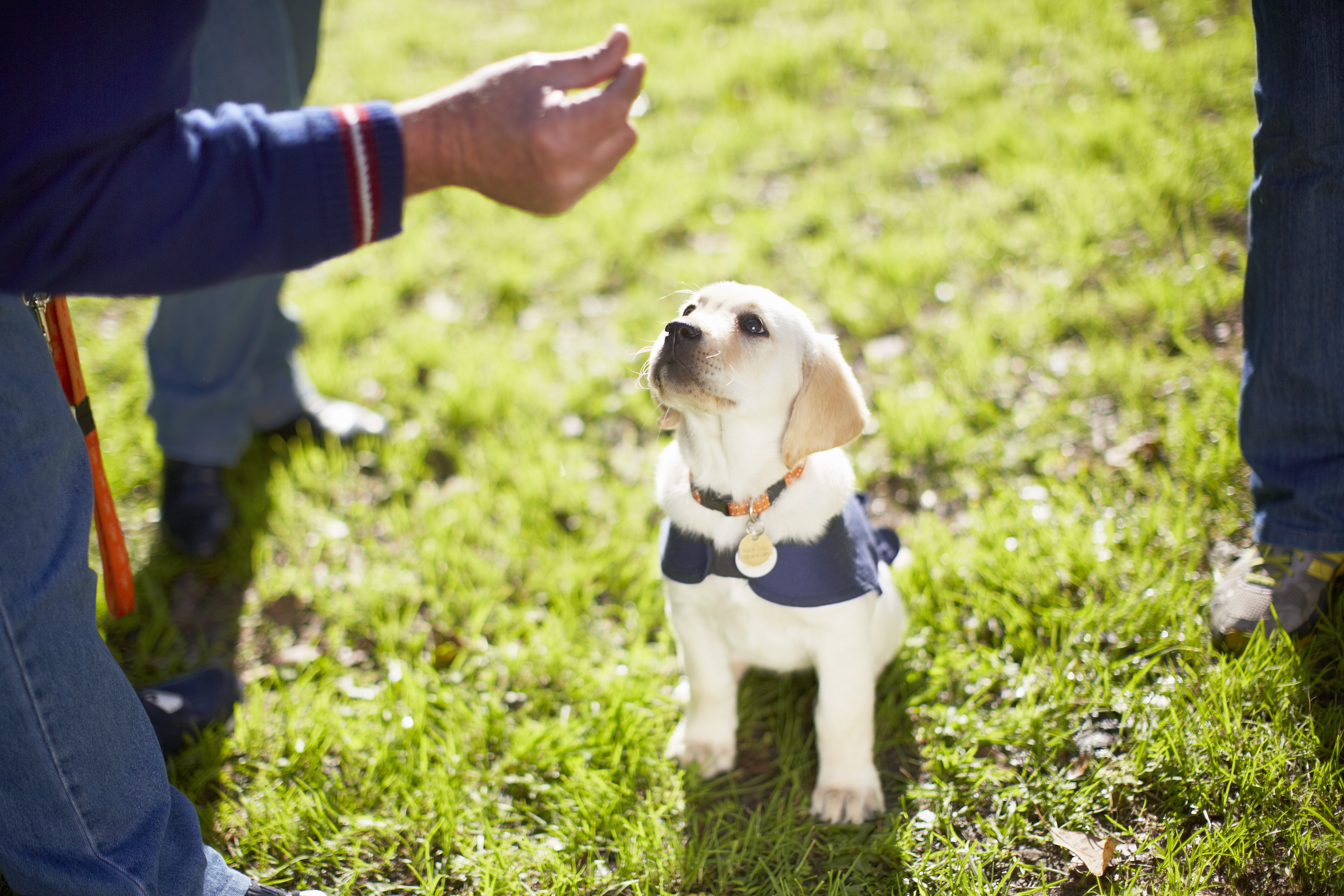
Credit: Getty Images/Westend61
How to teach a dog to sit: Five tips from leading dog trainer Ben Randall
Teaching your dog to sit is one of the most important things you can do — and it will help with

Credit: Alamy Stock Photo
How to stop a dog chasing cars: Six tips from top dog-trainer Ben Randall
Watching your dog run after traffic can be heart-stoppingly scary — but it's also a difficult habit to break. Ben Randall,
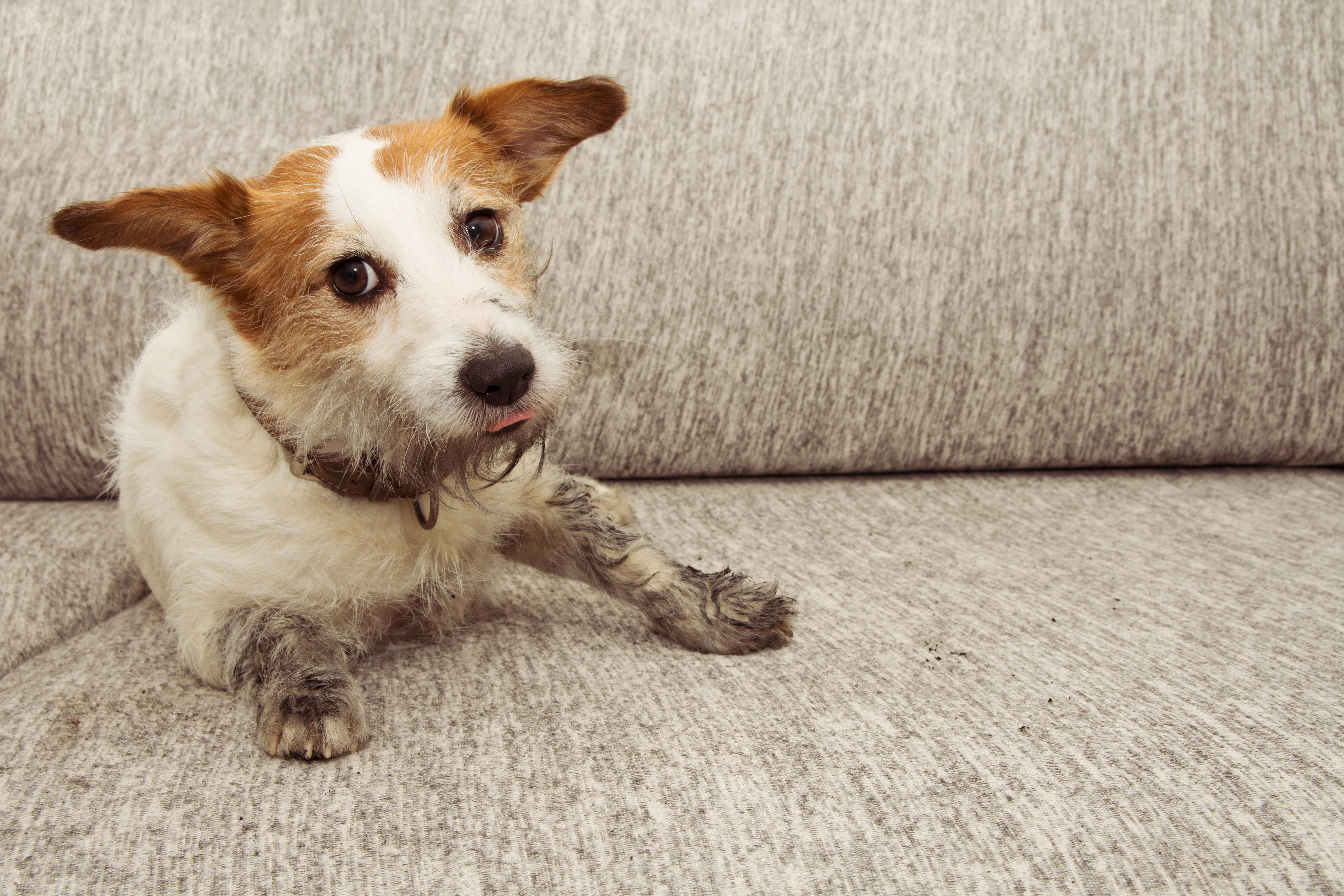
Credit: Alamy
How to keep a dog off the sofa, by top trainer Ben Randall
Fed up with Fido leaping onto the furniture — whether it's your sofa, armchair, or your bed — whenever he

Credit: Getty
How to introduce a puppy to your cat, by expert dog trainer Ben Randall
Introducing a dog to a cat can be nerve-wracking, but get it right and the two of them can get
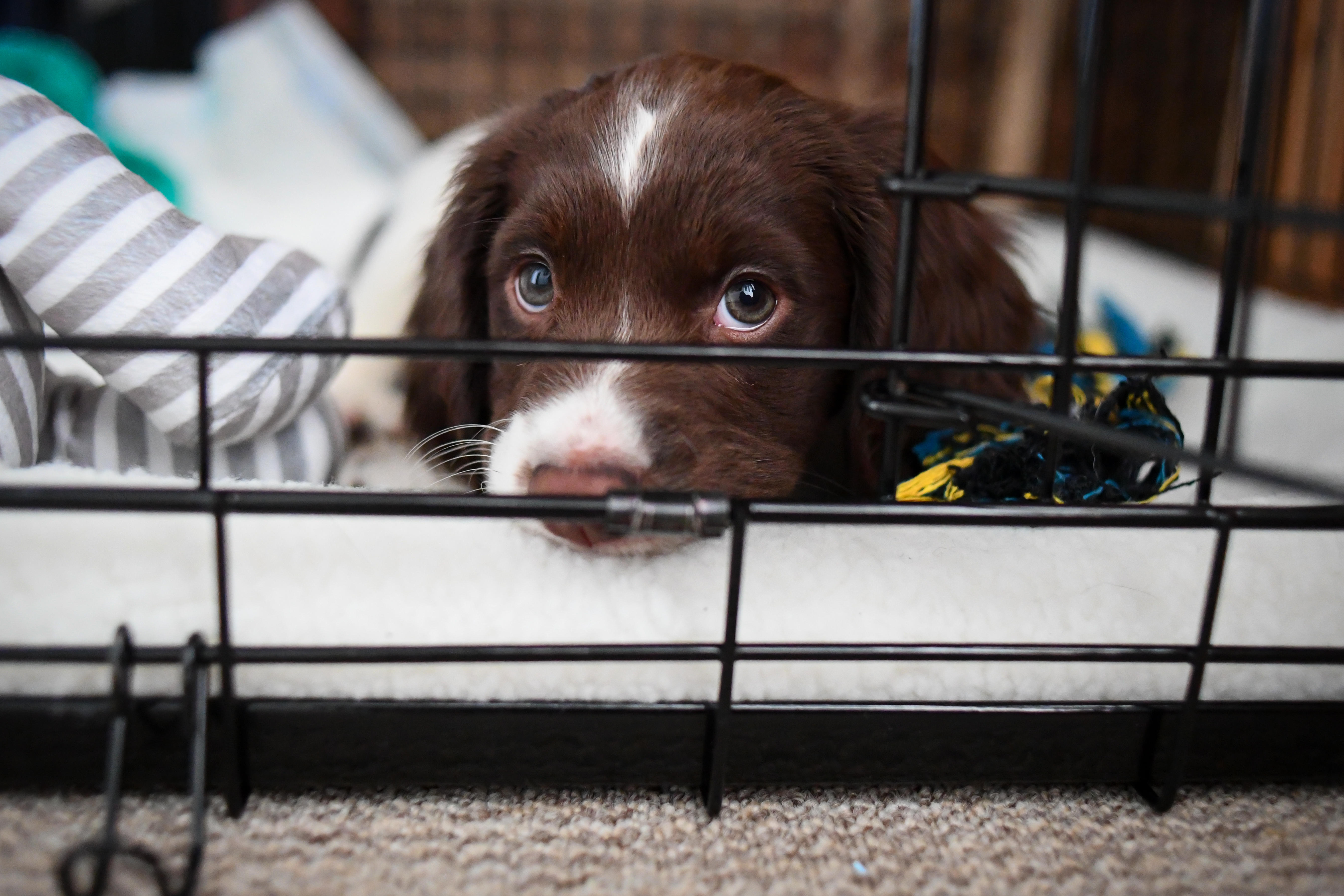
Crate training a puppy: Six tips from expert dog trainer Ben Randall
Puppy crate training can be tricky, yet it can pay dividends in all sorts of ways — even making puppy toilet

Credit: Getty Images
Dog recall training: Six tips from champion dog trainer Ben Randall
Training your dog is not easy — and with the huge recent rise in dog ownership, it's never been a better
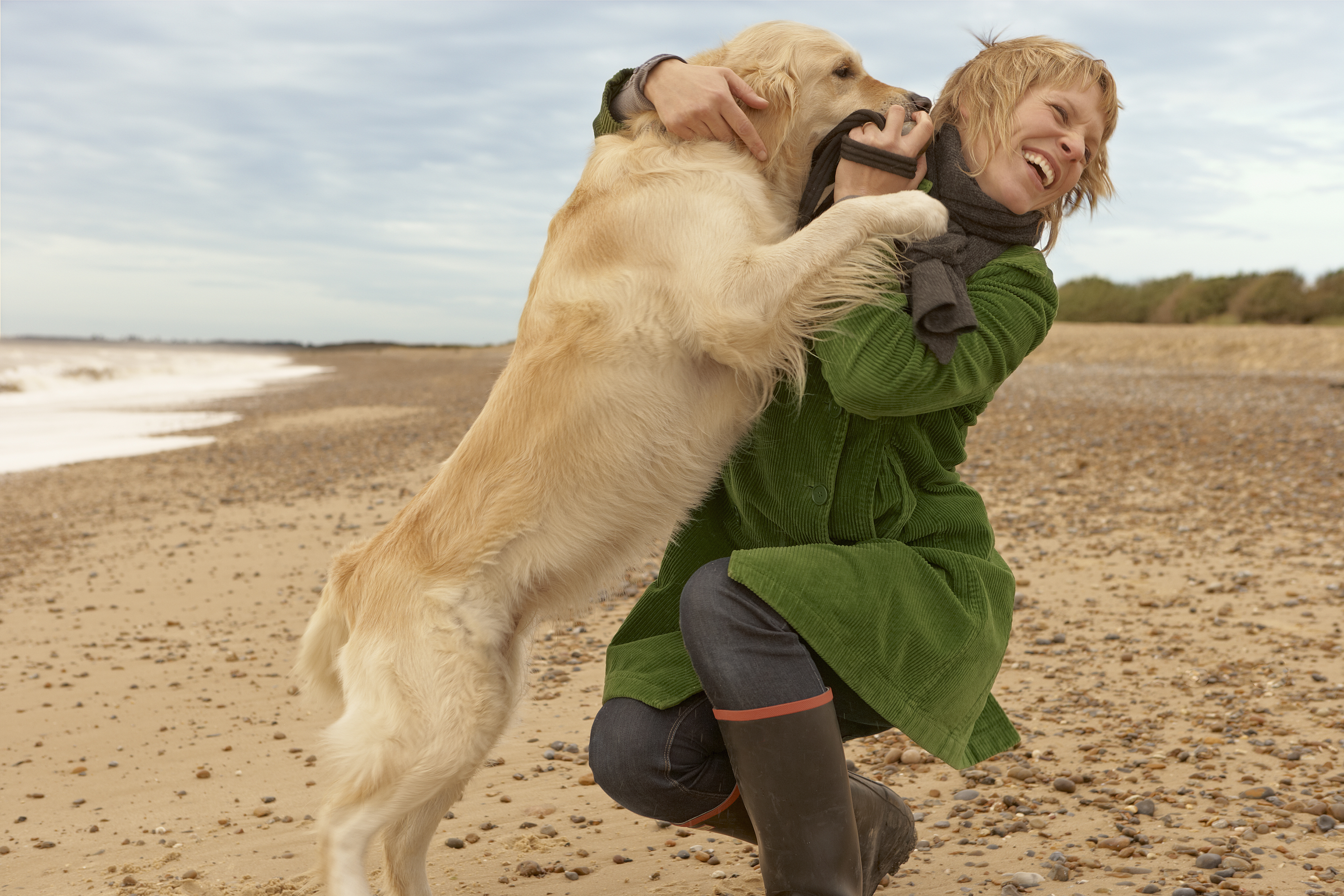
How to stop your dog jumping up, by expert trainer Ben Randall
It’s easy to dismiss our dogs’ love of jumping up on us — and other people — as friendly boisterousness,
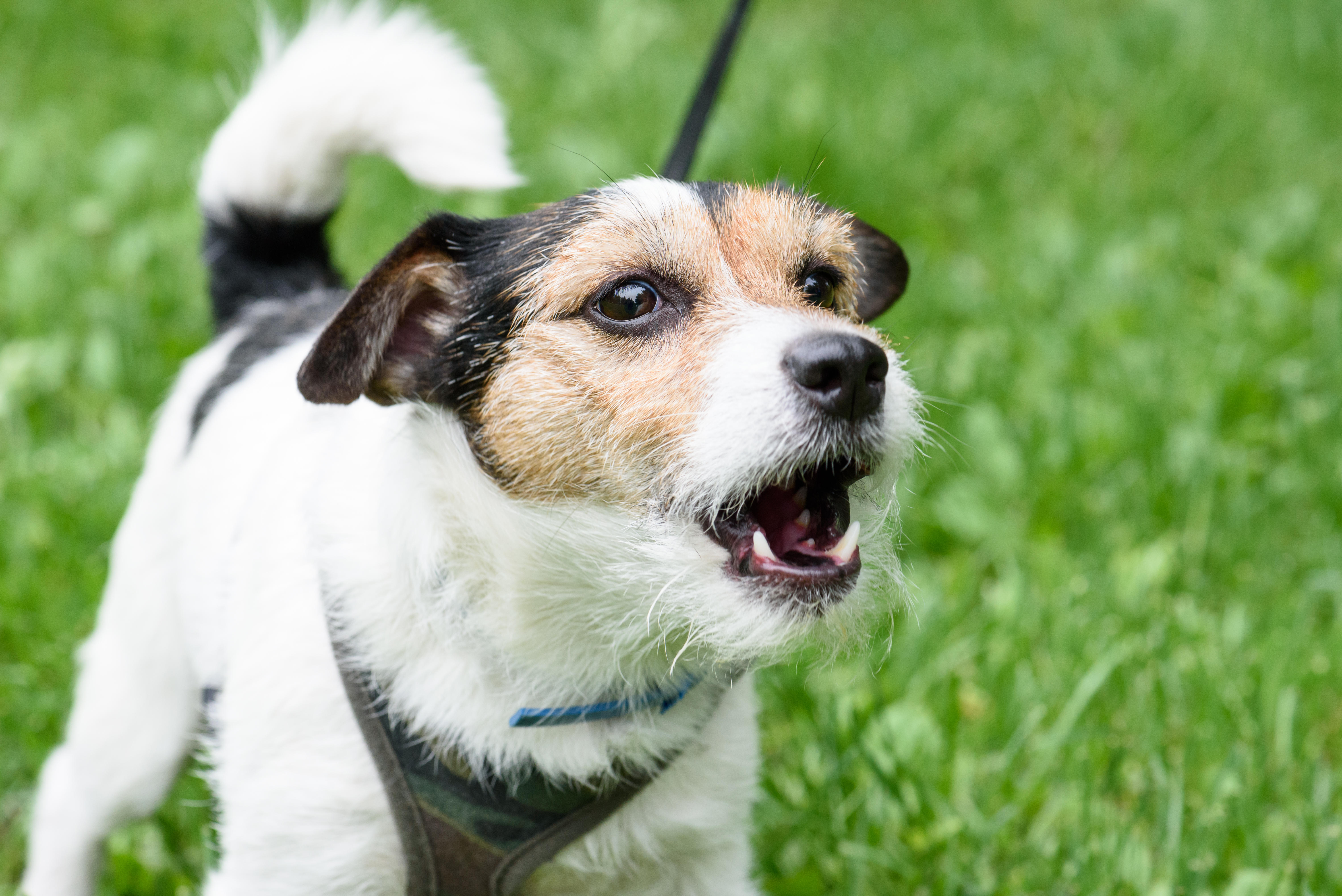
How to stop your dog from barking on a walk: Five tips from top dog-trainer Ben Randall
While out on a walk, it’s not always easy to stop your dog from barking at people — and if
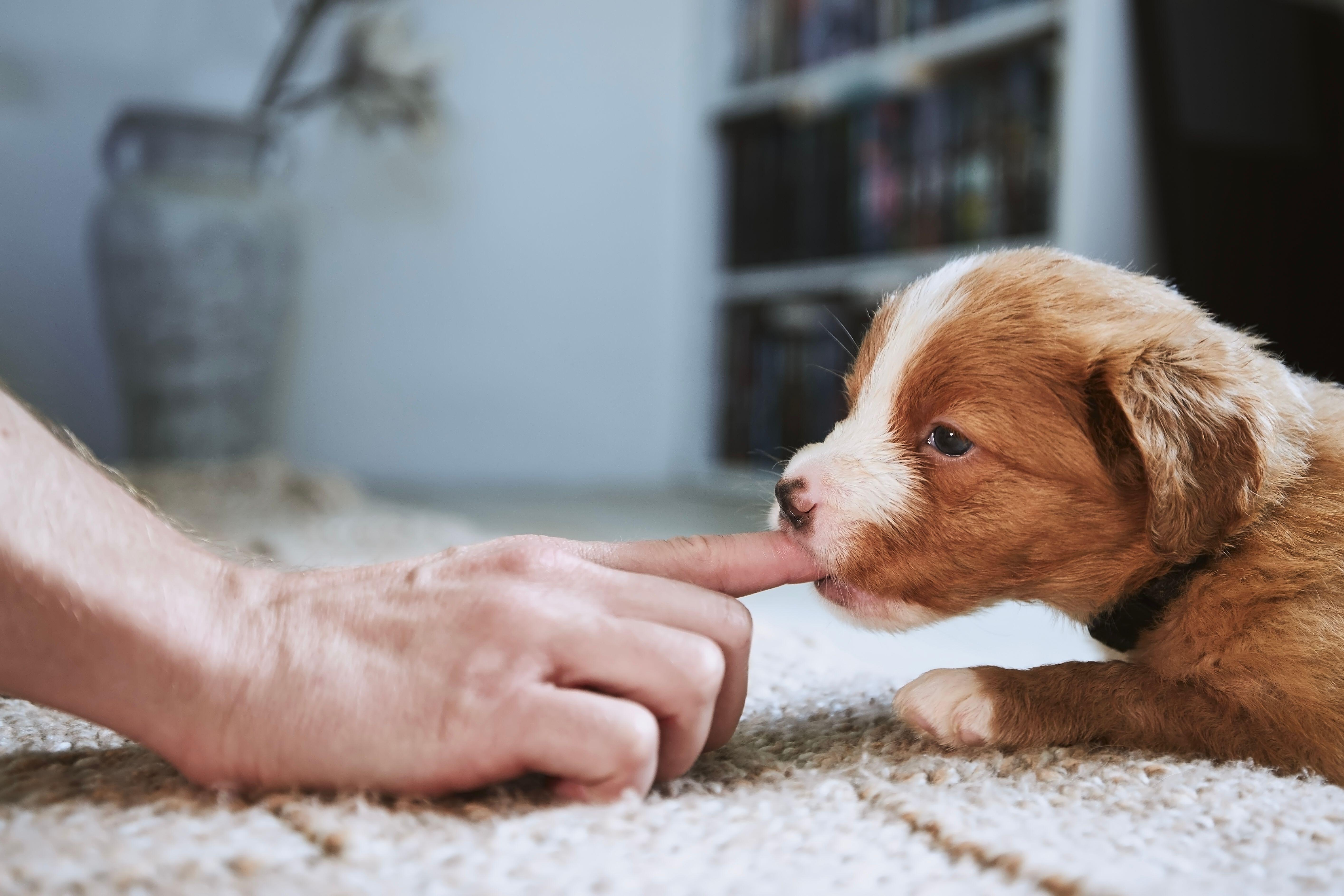
How to stop your dog or puppy from biting when it's playing: Expert advice from Ben Randall
Playful behaviour is a great way for dogs to explore the world around them and make new friends — but
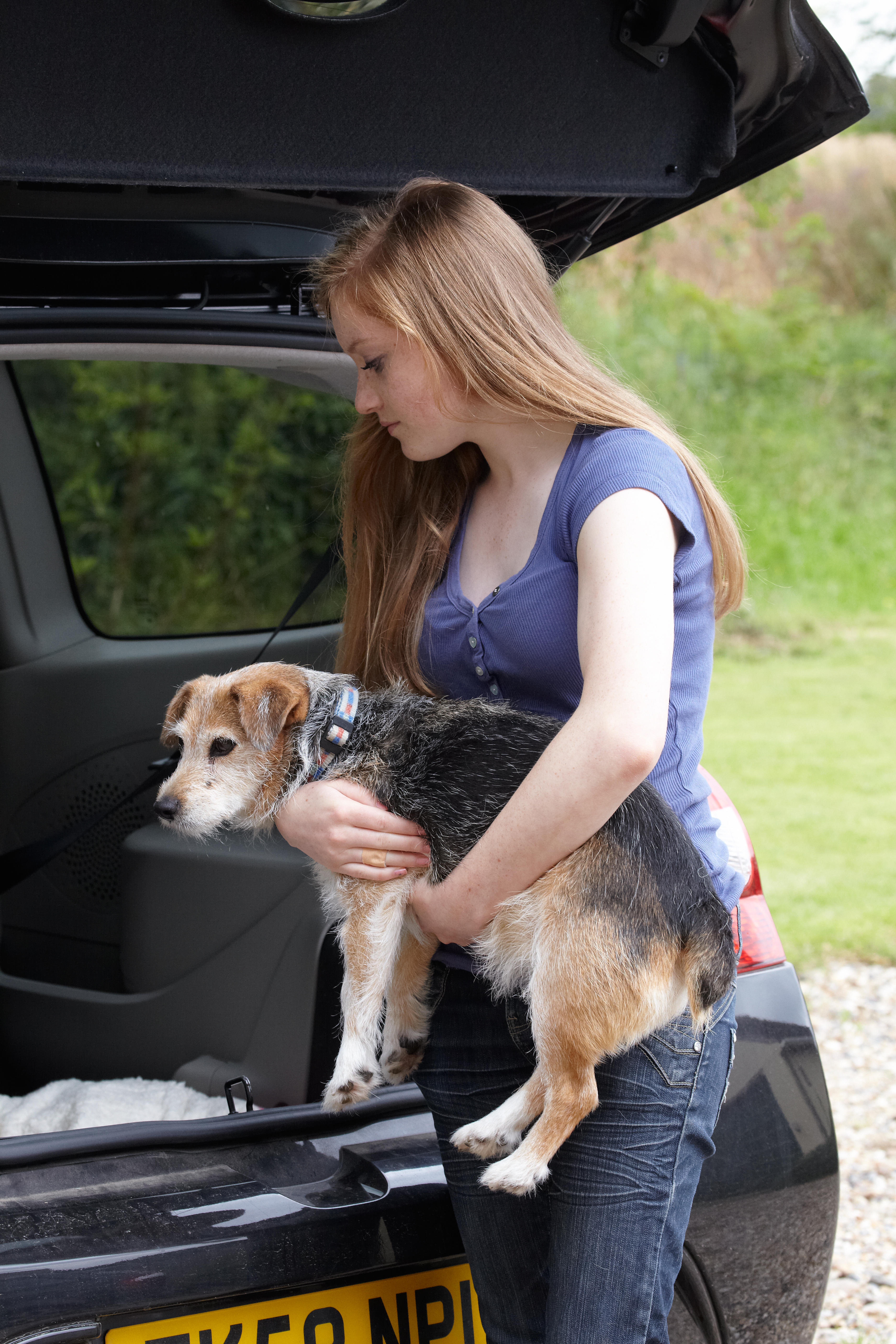
Credit: Alamy
How to deal with a dog who won't jump in the back of the car, by top trainer Ben Randall
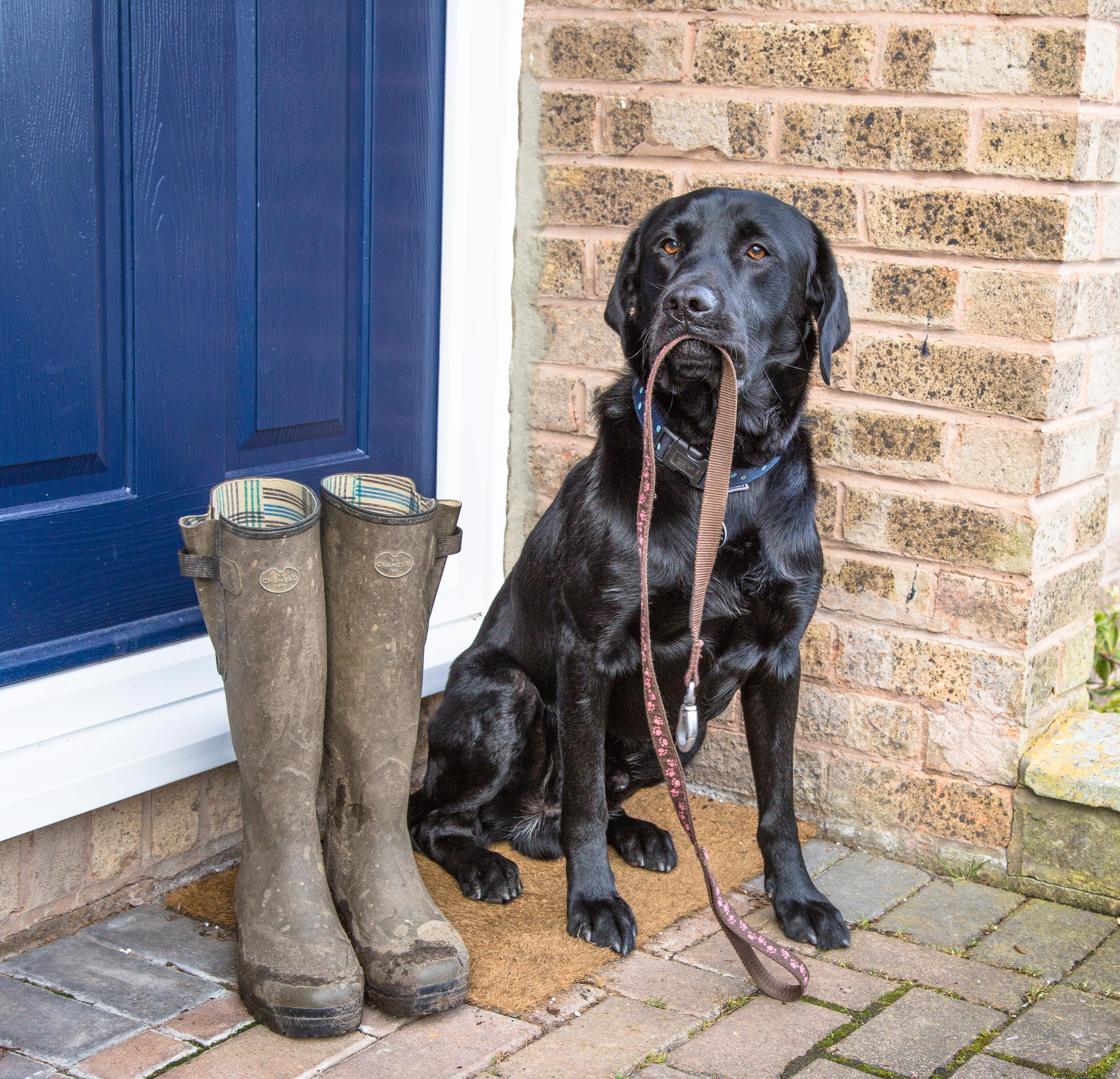
Credit: Ros Crosland / Alamy
Dog lead training: How to introduce the lead to your four-legged friend, by champion dog trainer Ben Randall
Introducing the lead to your dog can be tricky, but with a consistent routine you'll build positive associations that will
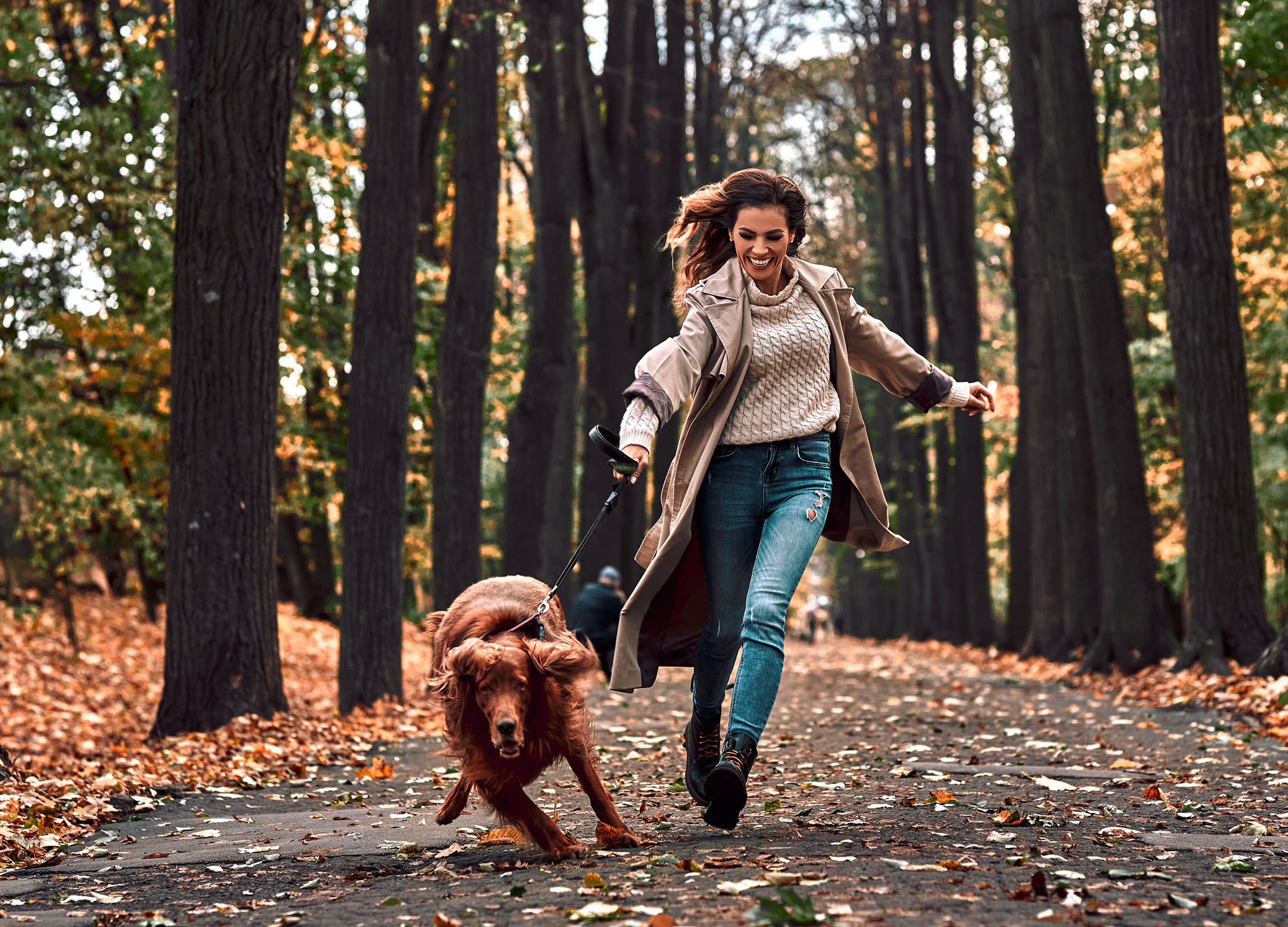
Credit: Getty Images
How to get your dog to walk to heel
Teaching your dog to stop pulling on the lead takes work, but it’s an important step in training that will

Credit: Alamy
How to teach your dog to go to the toilet on the lead: Three tips from top dog trainer Ben Randall
It can be frustrating and stressful when your dog is stubbornly refusing to do its business while on a lead,

How to train your dog to leave things on command, by expert dog trainer Ben Randall
Teaching a dog to stop stealing food, clothes, TV remotes or anything else that they like to pinch can feel
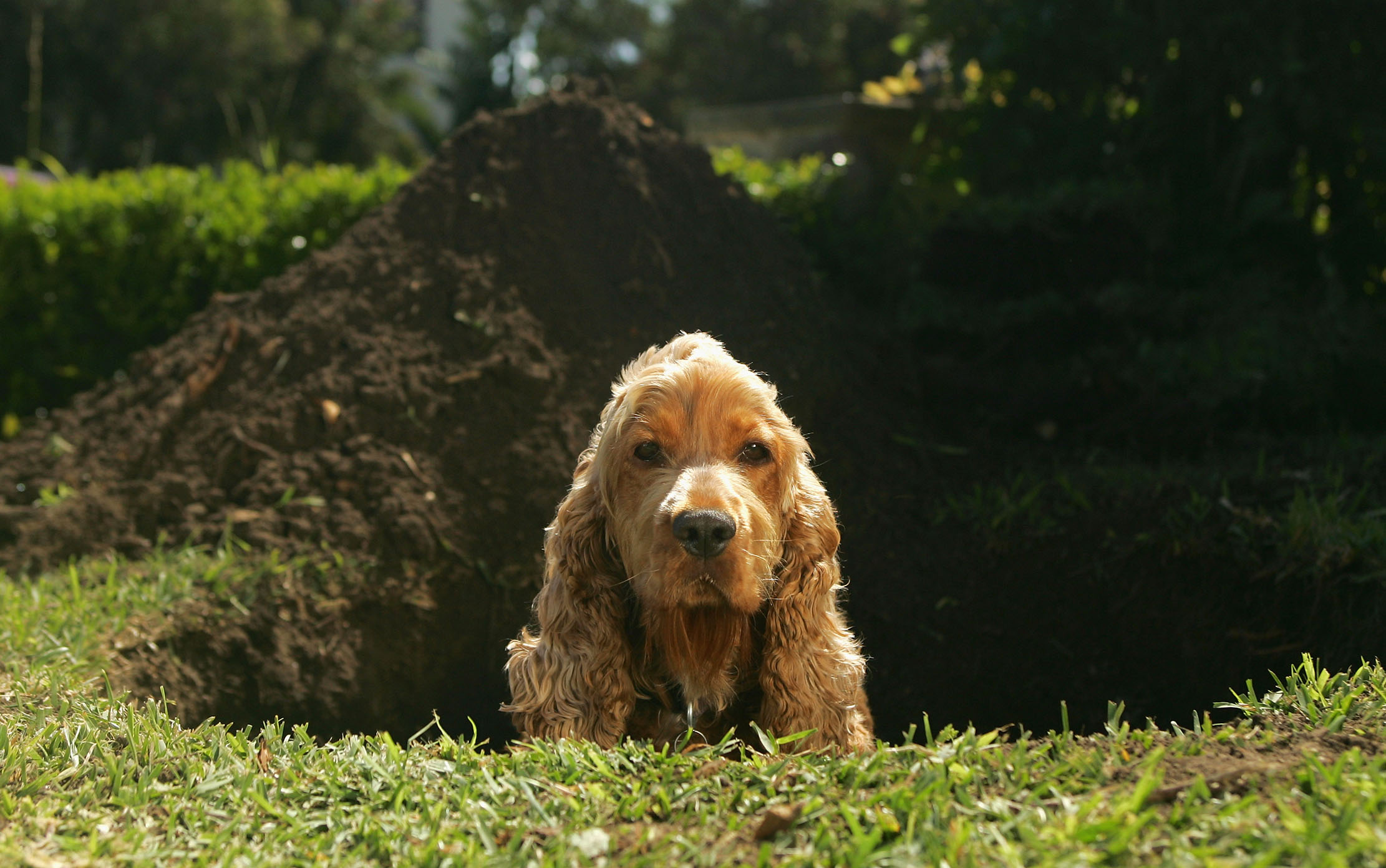
How to stop your dog digging up the garden
A dog’s enthusiasm for digging in the garden is not just hazardous for those prized petunias, but can be dangerous
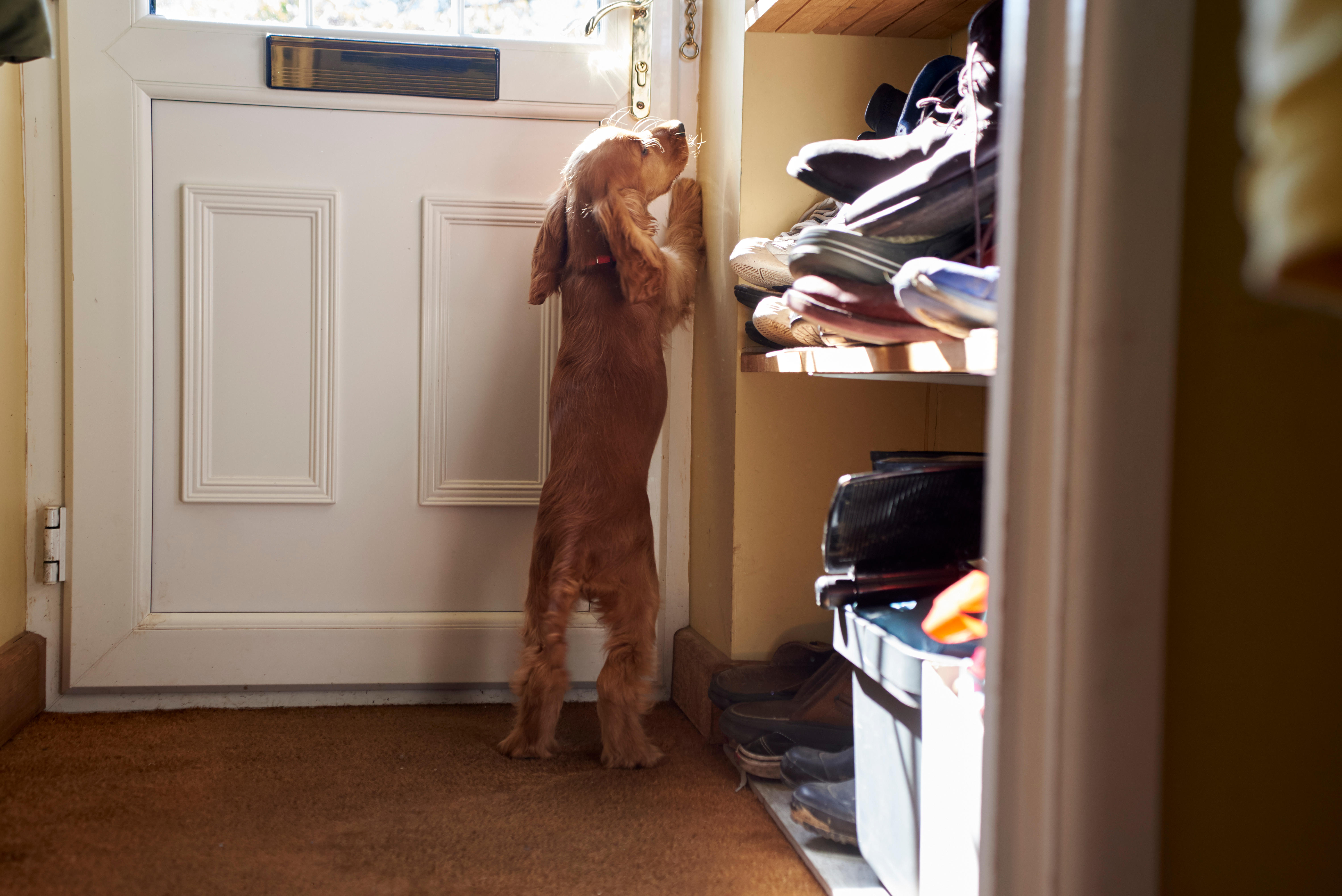
Credit: Alamy
How to stop your dog barking at the door
We know they mean well, but few things are more grating for dog owners — or more disconcerting for dog owners'
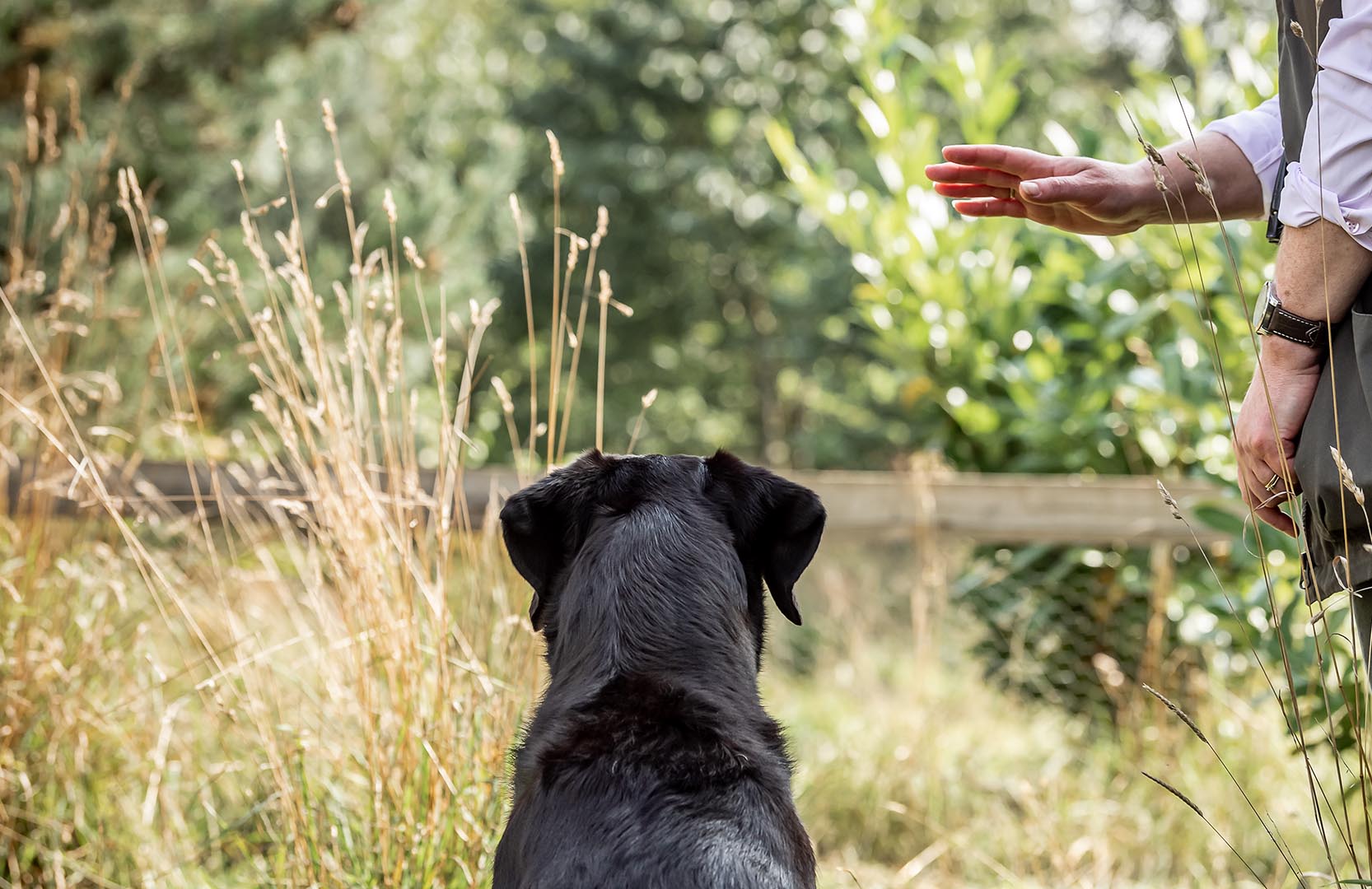
The champion dog trainer with a game-changing method who can teach any dog new tricks
Award-winning dog trainer Ben Randall — who looks after the dogs for everyone from David Beckham to Gordon Ramsay — happened
-
 ‘It had the air of an ex-rental, and that’s putting it politely’: How an antique dealer transformed a run-down Georgian house in Chatham Dockyards
‘It had the air of an ex-rental, and that’s putting it politely’: How an antique dealer transformed a run-down Georgian house in Chatham DockyardsAn antique dealer with an eye for colour has rescued an 18th-century house from years of neglect with the help of the team at Mylands.
By Arabella Youens
-
 You're having a giraffe: Country Life Quiz of the Day, April 25, 2025
You're having a giraffe: Country Life Quiz of the Day, April 25, 2025Friday's Quiz of the Day brings your opera, marathons and a Spanish landmark.
By Toby Keel